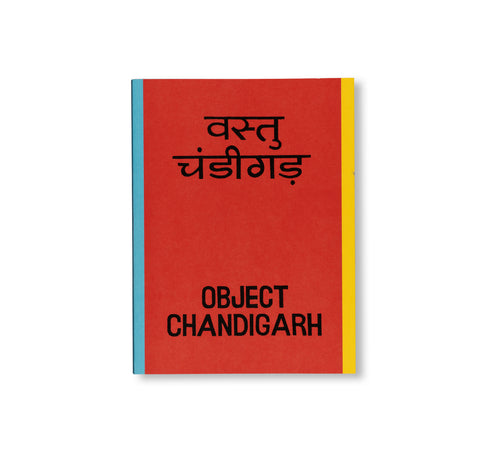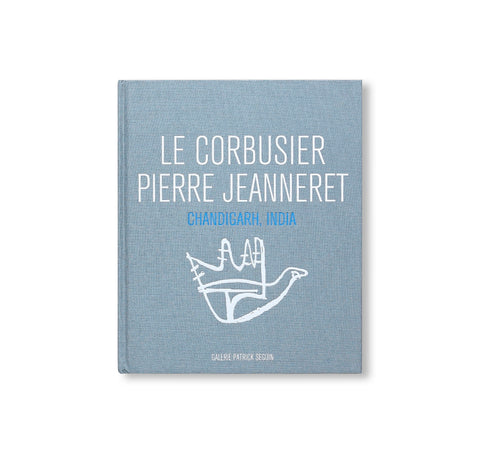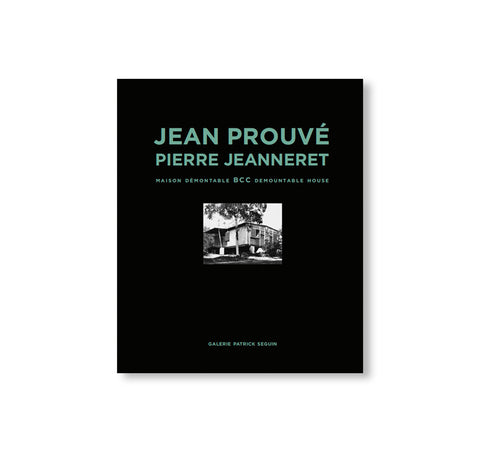CATALOGUE RAISONNÉ DU MOBILIER: JEANNERET CHANDIGARH by Jacques Dworczak
スイス人建築家、ル・コルビュジエ(Le Corbusier)とピエール・ジャンヌレ(Pierre Jeanneret)の作品集。本書は、二者がインド北部・パンジャーブ州の都市チャンディーガルのために制作した家具に関して長年研究を続けたフランス人ギャラリスト、コレクターのジャック・ドラーシク(Jacques Dworczak)が手掛けたカタログレゾネである。
インドの独立に際し、初代首相ジャワハルラール・ネルー(Jawaharlal Nehru)は「インドの自由の象徴であり、国民の未来への信頼を表現した新しい街」を夢見た。インドの権力の女神「チャンディーの砦」を意味する「チャンディーガル」は、ネルー首相の構想の具現化である。モダニズム建築家として名高いル・コルビュジエが、前衛的な都市というユートピアの夢から生み出したこの自治体の建設は、現代社会に向かって前進するインドの決意を象徴するものであった。
チャンディーガルは「垂直都市」ではなく、広い大通り、住宅地、緑地、医療施設、学校、寺院、商店、運動場、人工湖など、水平のグリッド状の都市で構成されていた。ル・コルビュジエはインフラの大部分を設計し、生コンクリートを大胆に使って大きなボリュームを強調した。ル・コルビュジエは、この地域の気候に合わせた建築計画を立て、日差しや梅雨の雨を防ぐとともに、通気性のあるシャッターや大きなテラスで空気の循環を促した。ピエール・ジャンヌレは、著名な従兄弟であるル・コルビュジエとの協力のもと、この大工事に伴って切り拓かれた森林の木材を利用し、公共施設や民間建築物の家具を数多く制作した。
近年、オークションで過去最高額を記録したことで、多くの人々がこの卓越したプロジェクトとその制作者に関心を寄せるようになった。今日、インドの指導者たちはこの偉大な文化遺産の豊かさに気づき、2011年1月以降、当局と文化省の許可なく家具を国外に持ち出すことはできなくなった。本書は、世界中のデザイン愛好家が注目するこの都市プロジェクトに新たな光を当てた1冊である。
当時から現在に至るまでに撮影された写真を収録し、この計画における建築事業、家具制作の重要性を記録した。また建築写真の巨匠であるルシアン・エルヴェ(Lucien Hervé)がチャンディーガルを初めて訪れた際に撮影した写真の多くも一章にわたり収録する。
Upon India’s independence, Jawaharlal Nehru, the nation’s first Prime Minister, dreamed of “a new town, symbolic of the freedom of India. an expression of the nation’s faith in the future.” Chandigarh, meaning “fortress of Chandi,” the Indian goddess of power, is the incarnation of Nehru’s vision. The construction of this municipality, the brainchild of renowned modernist architect Le Corbusier, born of his utopian dream of an avant-garde city, symbolized the determination of India to move forward into the contemporary world.
Instead of a “vertical city,” Chandigarh was organized as a horizontal grid with broad avenues, residential neighborhoods, green spaces, medical facilities, schools, temples, shops, sports grounds, and an artificial lake. Le Corbusier designed most of the infrastructure, highlighting large volumes through a bold use of raw concrete. Adapting his architectural plans to the regional climate, Le Corbusier provided protection against the sun and the monsoon rains while facilitating air circulation with vented shutters and large terraces. In close collaboration with his illustrious cousin, Pierre Jeanneret supervised the manufacture of numerous articles of furniture for public and private buildings, using wood from the forest-clearing necessitated by the vast undertaking.
Recently, record prices achieved at auction for these pieces have brought awareness of this great project and its creators to a broader public. Today, Indian leaders have become aware of the wealth of this great cultural heritage, and since January 2011 no furniture pieces can exit the country without permission of the authorities and the Ministry of Culture. This specialized catalogue raisonné sheds new light on this visionary urban project that is generating growing interest among design aficionados around the world.
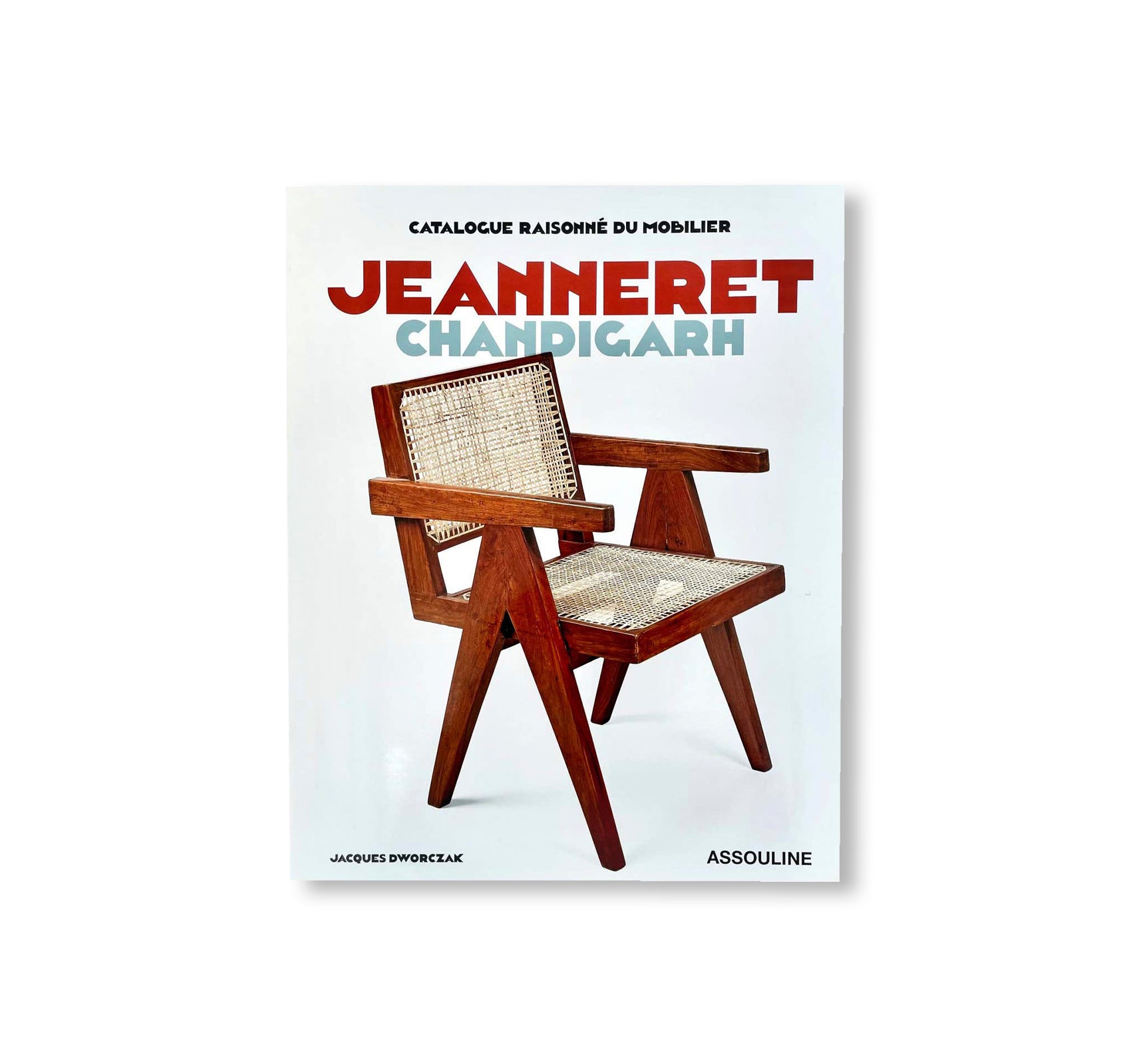
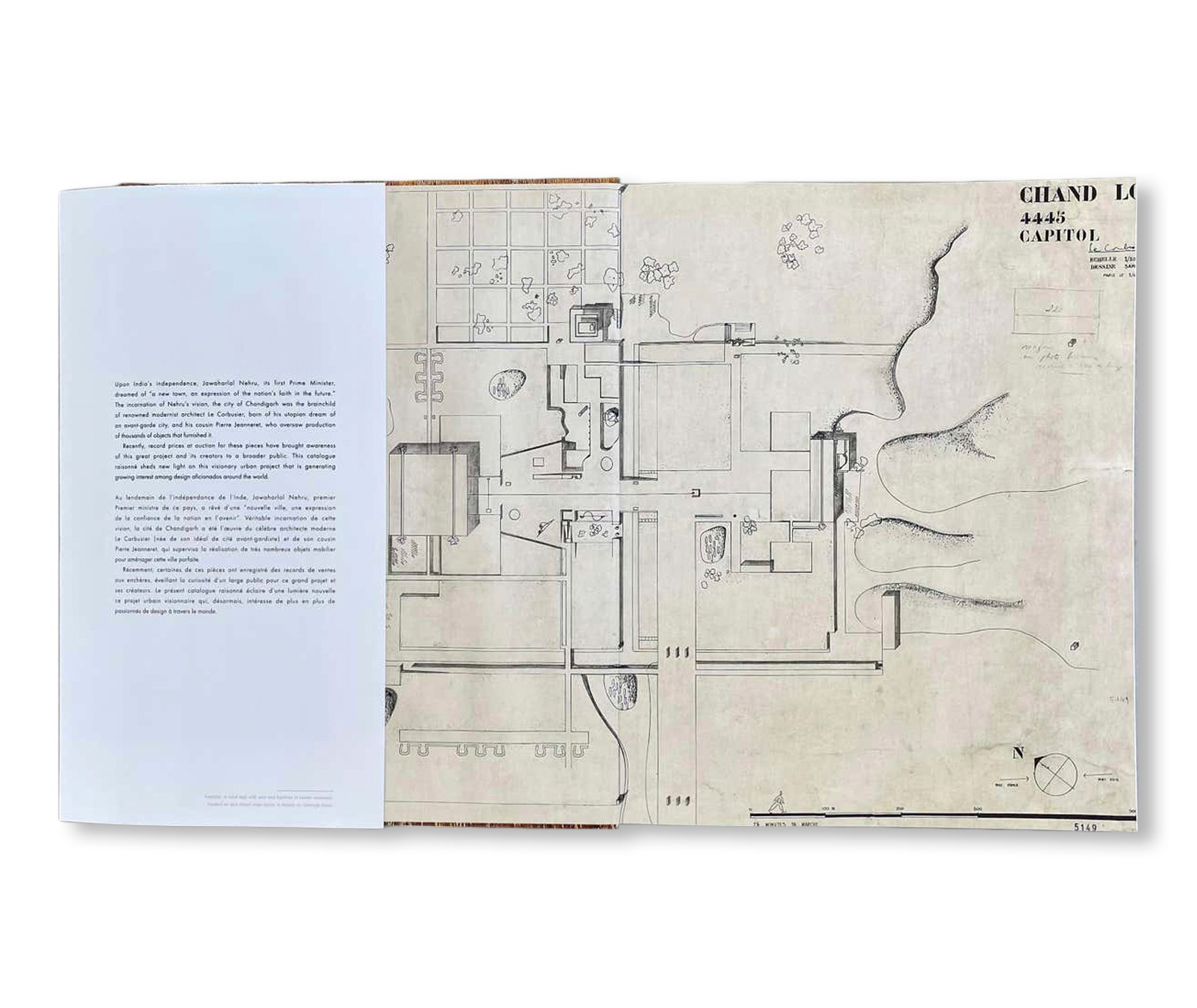
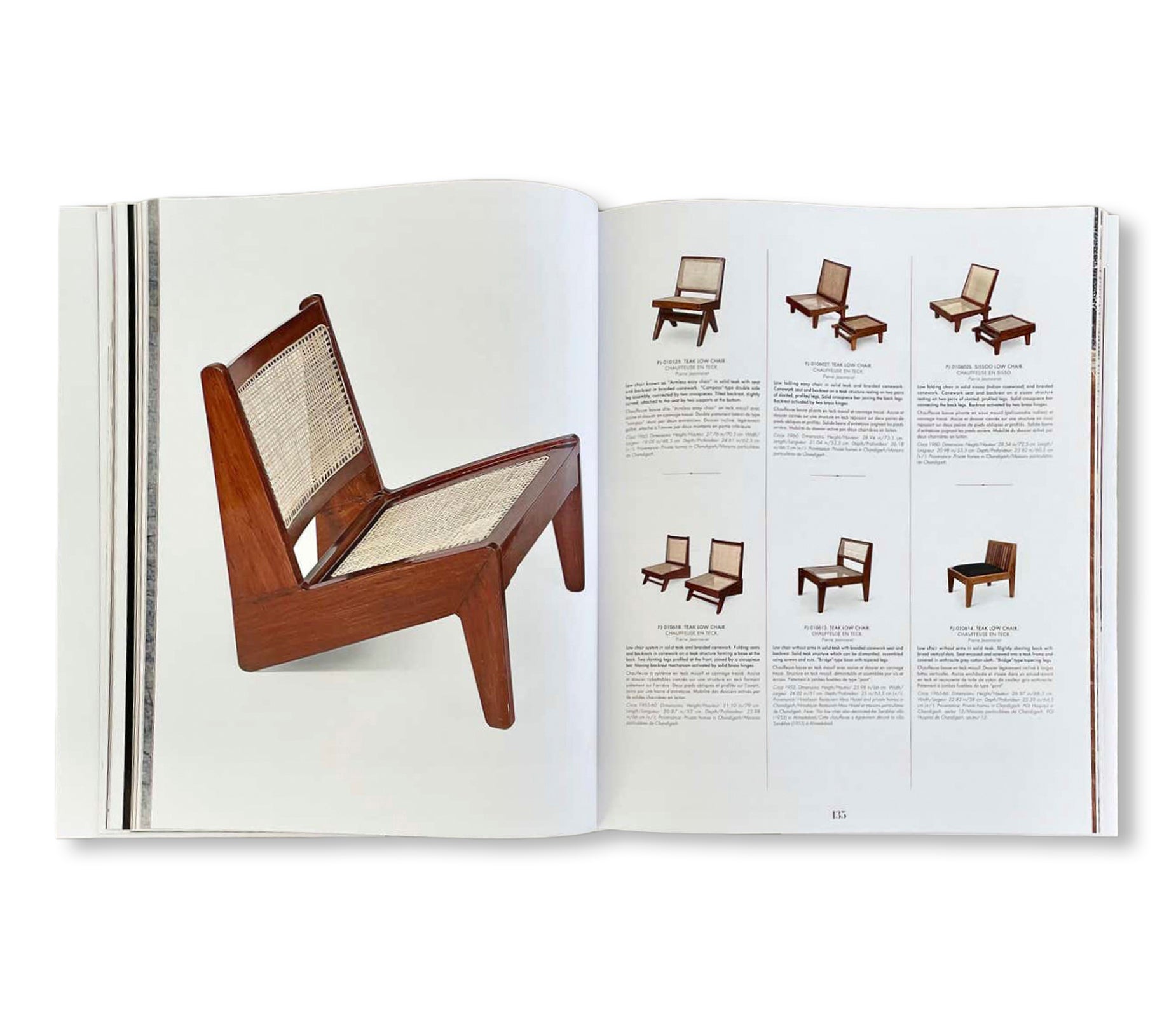
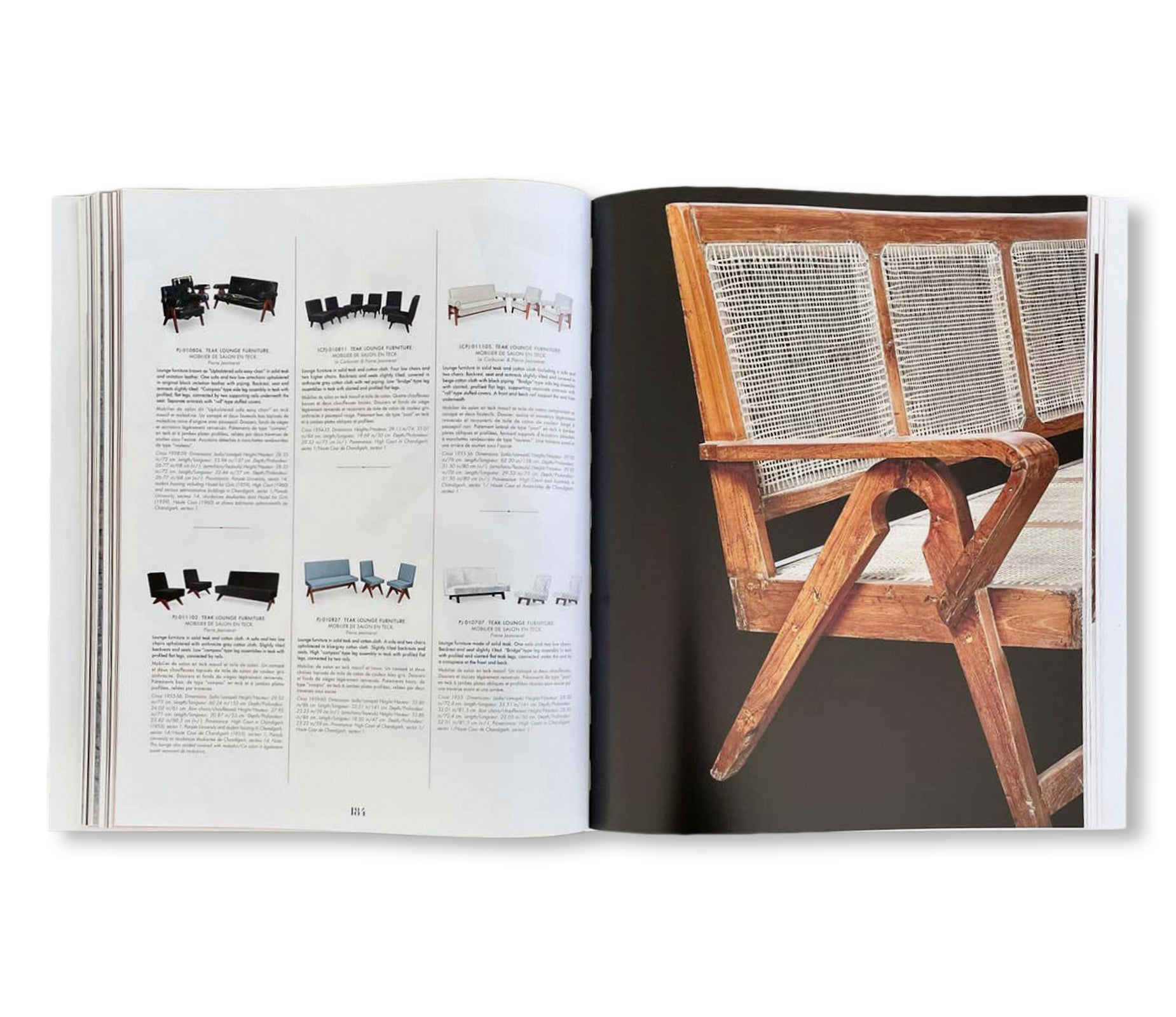
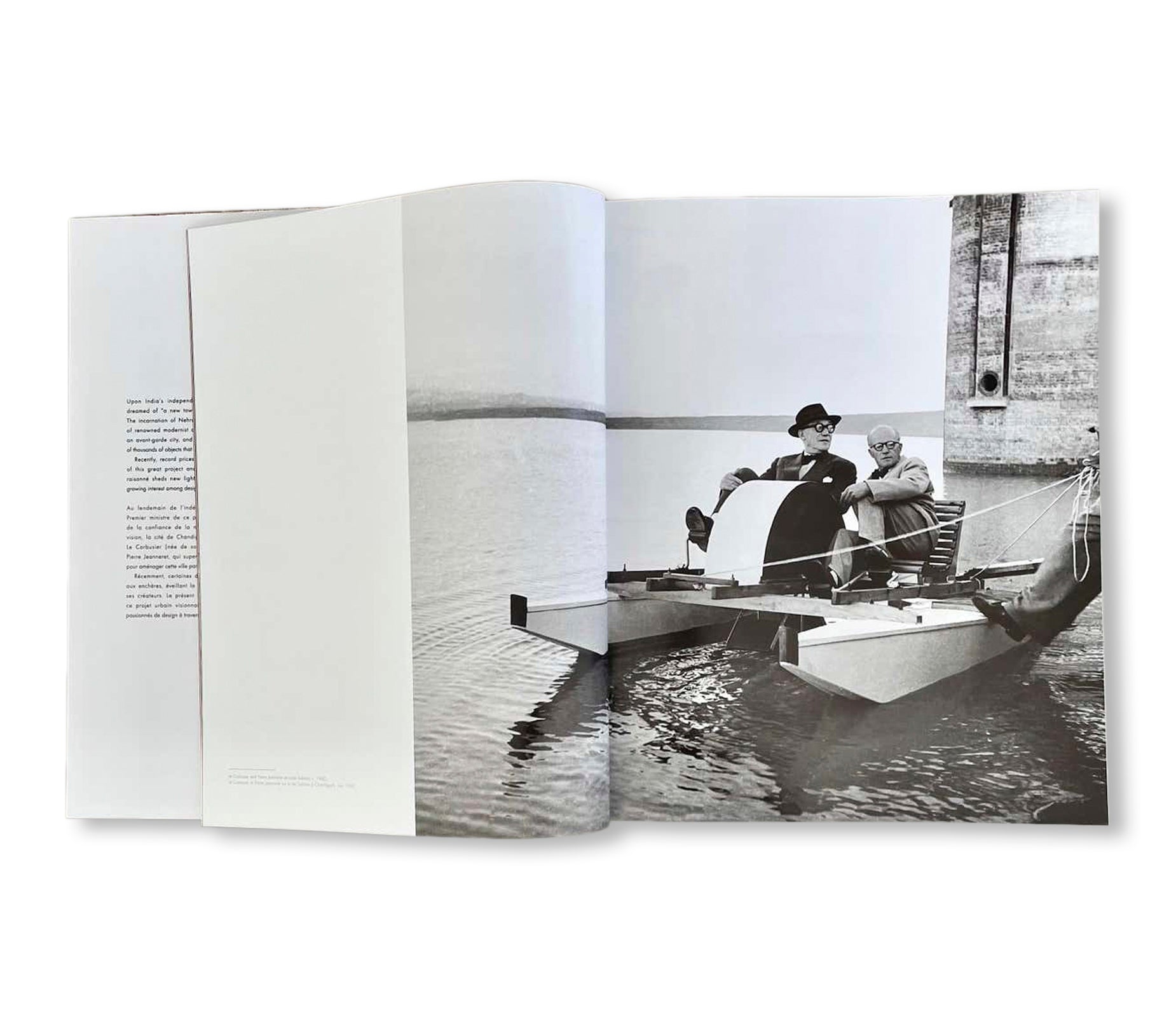
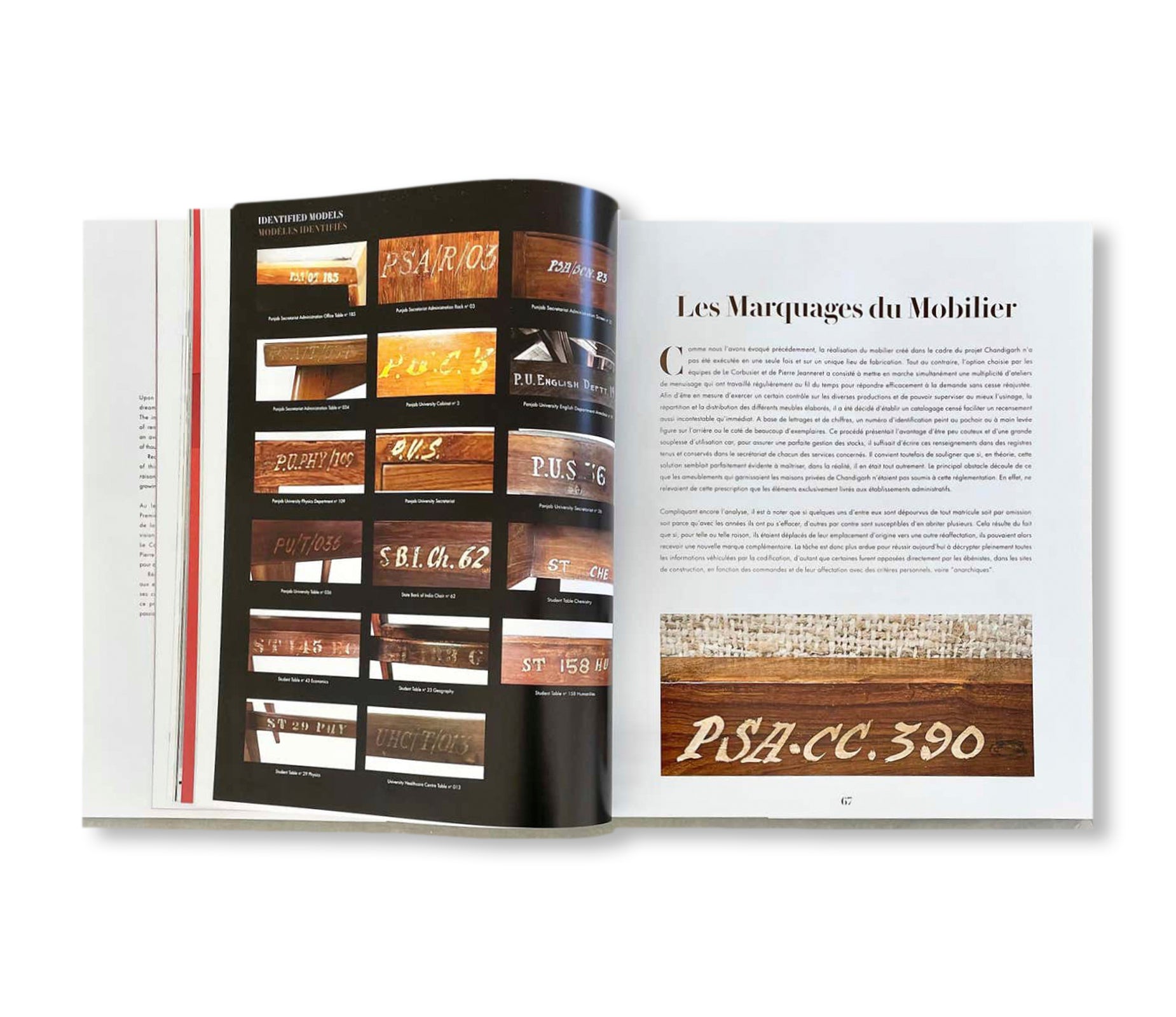
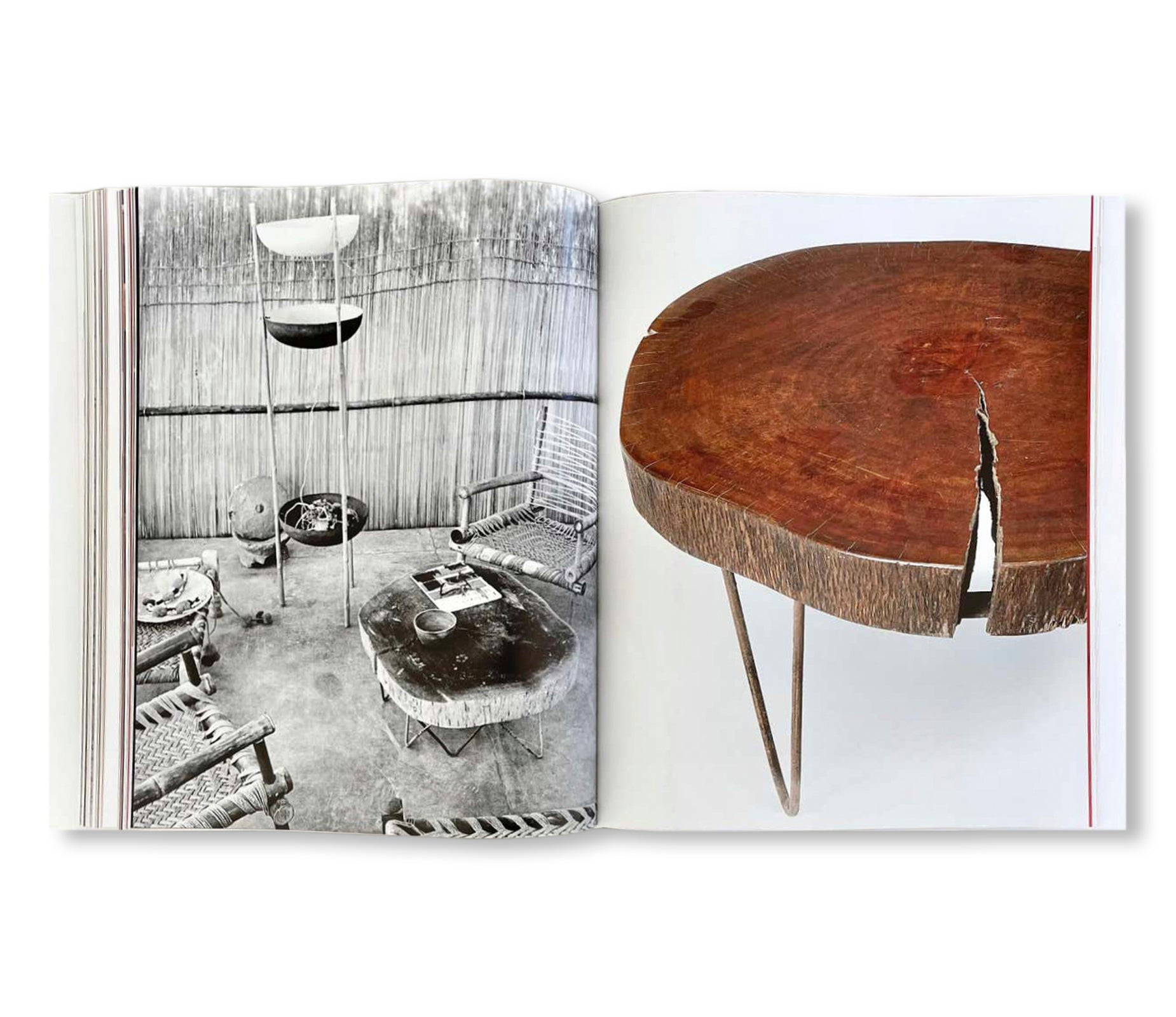
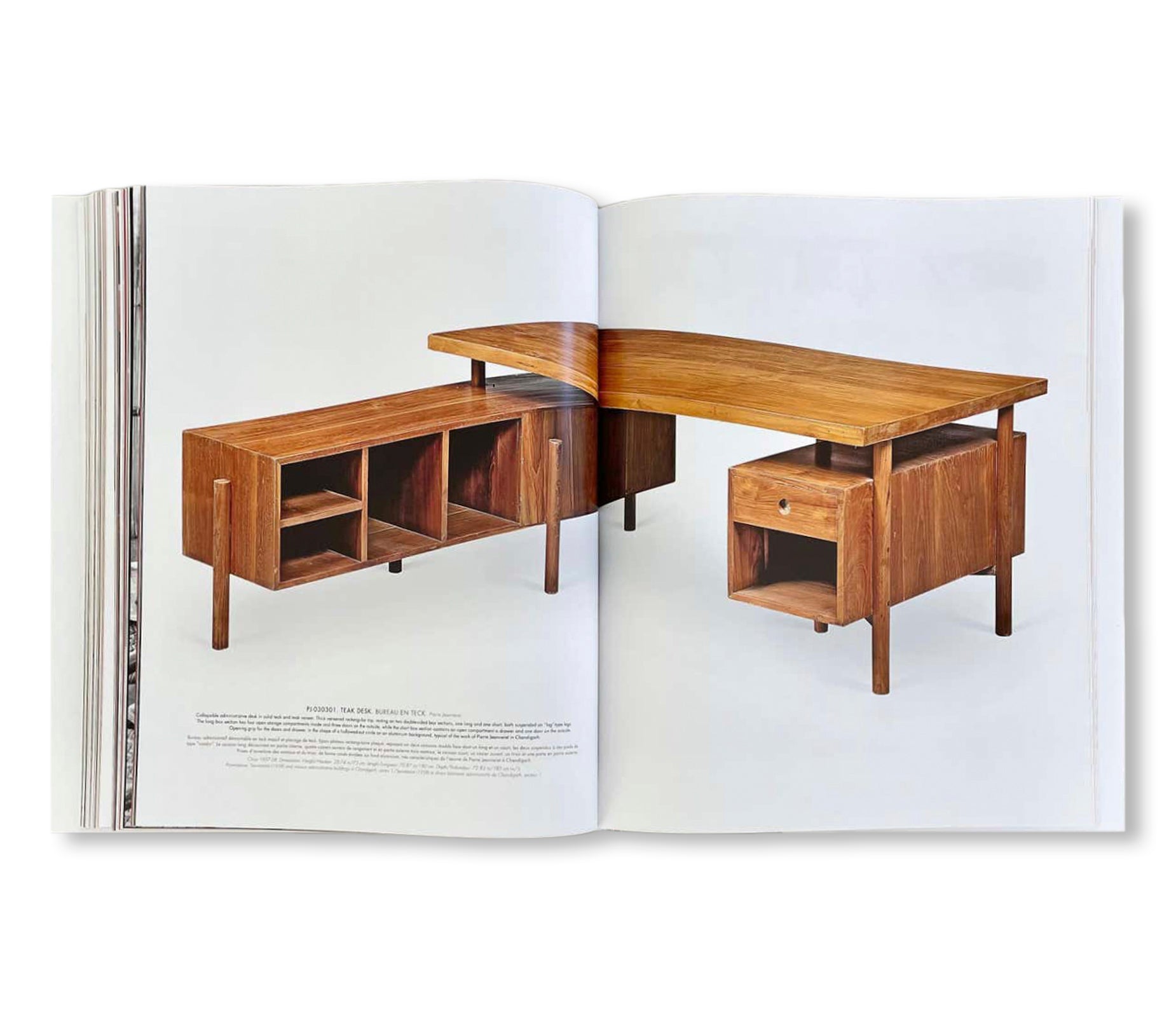
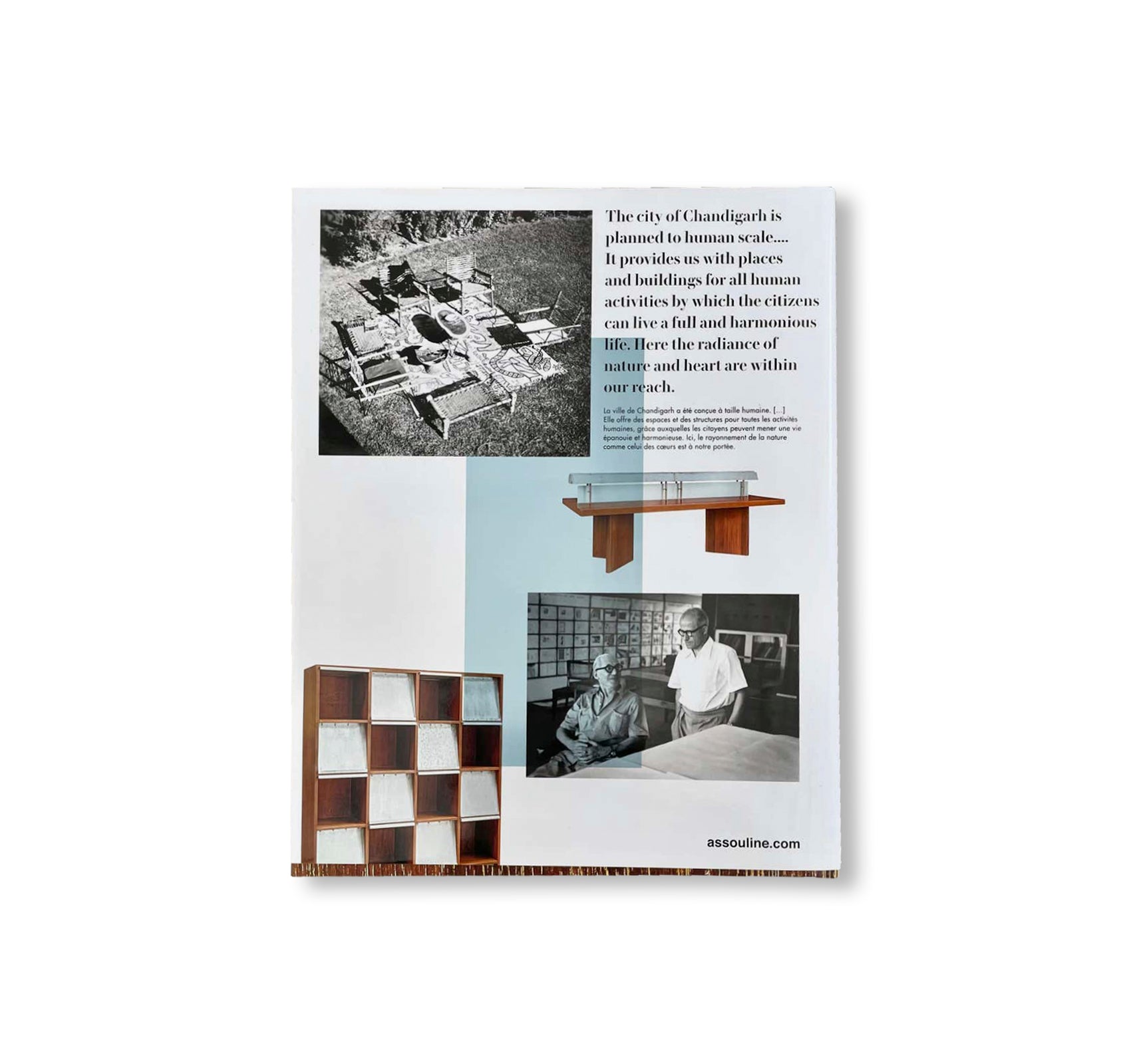
![EILEEN GRAY / LE CORBUSIER [E1027+123] by Stéphane Couturier](http://twelve-books.com/cdn/shop/files/00_6dd59b1d-8b22-45ca-9dcb-0ccc0fca0a1f_large.jpg?v=1753320269)
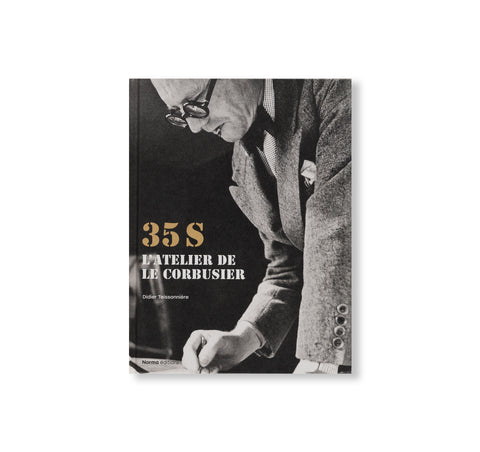
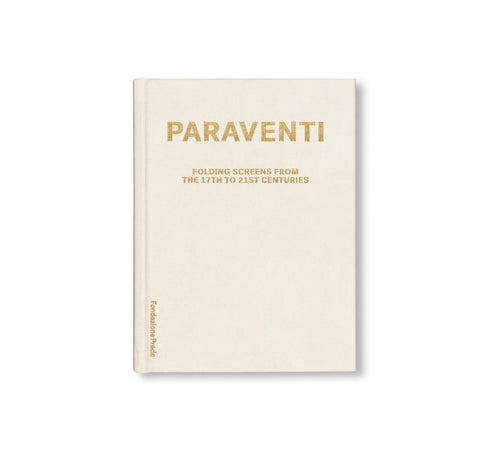
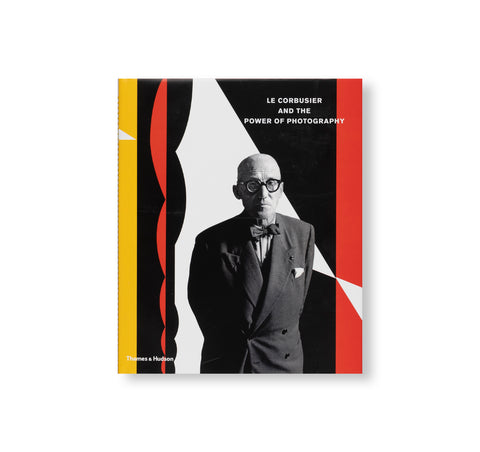
![ATLAS OF FURNITURE DESIGN [THIRD EDITION]](http://twelve-books.com/cdn/shop/files/2074_large.jpg?v=1729068870)

